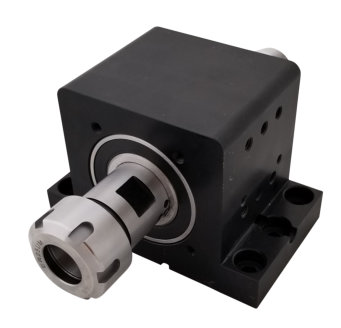Sharp Pog Review Compared to Tigers Teeth Sharpener
Blades are expensive and especially oscillating multi-tool blades. Like many, I only buy high quality tools and that includes blades. In order to make my blades last longer, I bought a Sharp Pog and a Tigers Teeth Blades sharpener. Because I own both, I decided to do a short review of the Sharp Pog compared to the Tiger Teeth Blades version. In a nutshell, I can tell you that they are night and day different. Here’s how:
- Speed – The Sharp Pog is very slow and awkward to use. When I say slow, I mean painfully slow. Plus, the blade gets super heated during the sharpening process. VS The Tigers Teeth created a brand new blade in what seemed like only a few seconds. The blade was a little warm when done, but not lava hot like the Sharp Pog.
- Output Quality – Again, a huge difference. The Sharp Pog seem to eat up a lot of the blade material just to make either slots for teeth or mutilated thin teeth. They would cut, but I would never use it on any material I cared about. The needle like teeth break off and cuts were kind of sloppy. Rack-A-Tiers, who make the Sharp Pog, try to put a spin on the needle teeth by calling them Piranha teeth…they seem more like toothpick teeth to me. VS The Tigers Teeth shined here as well. It made perfect teeth that were razor sharp and last much longer that the “teeth” made by the Sharp Pog. I would wager that the sharpened teeth were sharper than the original teeth. It seem to cut faster too.
- Re-Sharpening Again – To be frank, the Sharp Pog wants to eat up a lot of the blade when I re-sharpened a second and third time. I ended up with a super short blade in no time. Also, it’s really hard to make anything that looks like teeth…which means I had to keep cutting away at the blade until it made what might be used as teeth. VS I had to only touch off the already ground teeth when using the Tigers Teeth Blades sharpener. That’s because you can perfectly replicate the teeth spacing and angle. I’m not sure how many times you could reuse a blade with it, but I would guess 30+ times. It’s that good.
This review might seem a little one sided…and that’s only because one product was far and away better. By comparison, the Sharp Pog seems like something cobbled together from lose parts around a garage by a tinkerer. The Tigers Teeth Blades sharpener is an actual professional quality sharpener. That being said, the one complaint about the Tigers Teeth sharpener is that, one has to remove the original blade teeth first, then make the new teeth on the sharpener. It does have a built in grinder to do that, but a bench grinder is faster for that purpose. However, you’ll only need to do that once because you can re-sharpen those same teeth dozens of times.
I was going to add my own pictures, but Tigers Teeth did such a good job with an honest and accurate video comparison that I’ll just post that.

